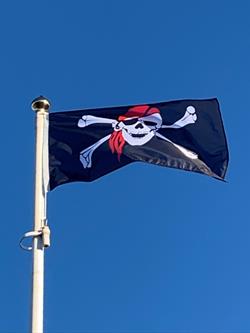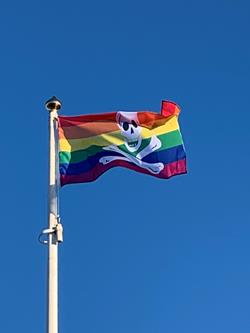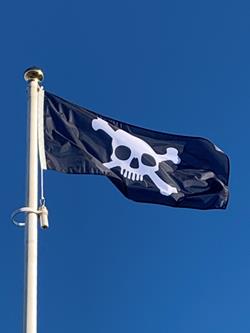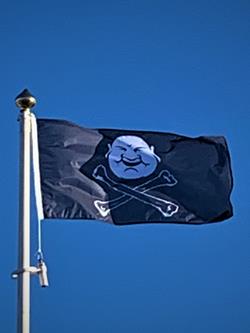
skull and crossbones flags
☠️Skull and Crossbones Flags – Bold Symbols of Adventure, Warning & Style
Unleash your inner buccaneer or mark a clear warning with our striking Skull and Crossbones Flags, available in classic Jolly Roger designs and modern variations. Whether you're decorating for a pirate-themed party, Halloween event, maritime display, or edgy décor, these flags deliver impact, heritage, and high visibility.
🏴☠️Features & Benefits:
- Authentic Designs: Choose from traditional skull-and-crossbones or crossed cutlass styles – inspired by historical pirate flags and naval signals.
- Durable & Weatherproof: Made from high-quality 115gsm polyester for vibrant colours and lasting outdoor performance.
- Multiple Sizes Available: From mini handwaving flags to large pole-mounted options, perfect for events, décor, or maritime use.
- Easy to Display: Includes reinforced stitching.
🎯Ideal For:
- Pirate-themed parties and festivals
- Halloween and theatrical events
- Maritime and nautical displays
- Alternative décor and statement pieces
Fly the flag of rebellion, adventure, or caution – our Skull and Crossbones Flags combine British craftsmanship, bold symbolism, and versatile design to make a lasting impression.



